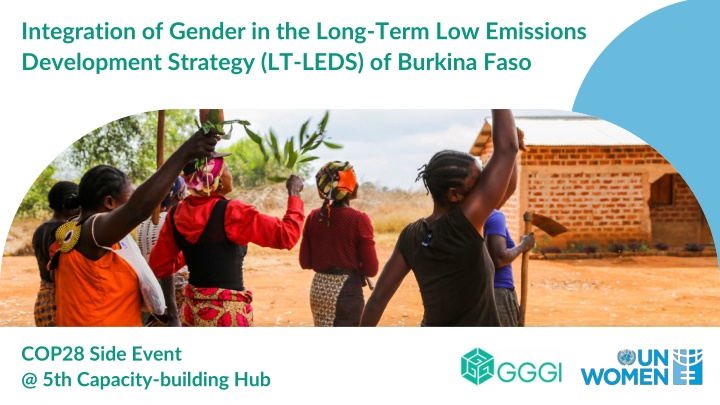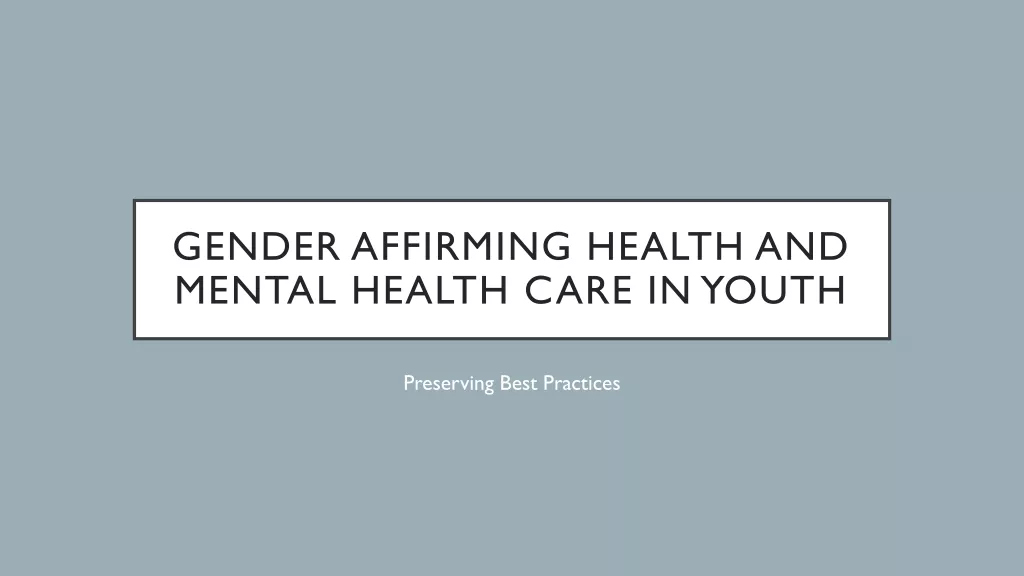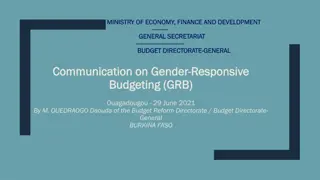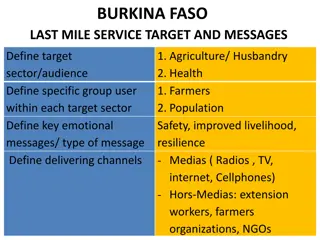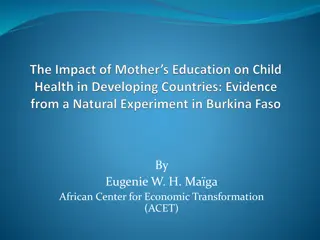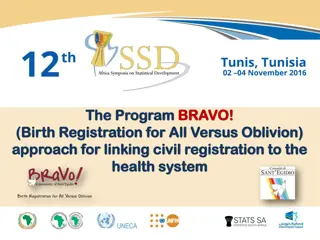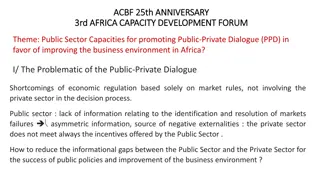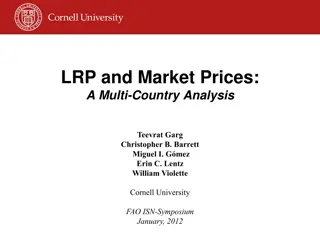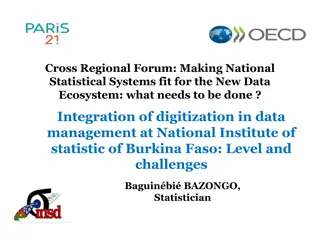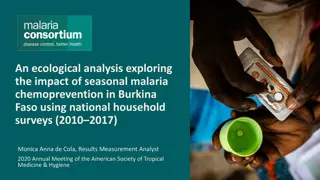Gender Integration in Burkina Faso's Long-Term Low Emissions Development Strategy
The transition to a green economy necessitates inclusive strategies that address gender disparities to ensure women can benefit from new opportunities. Policy interventions outlined by UN Women and the African Development Bank focus on promoting gender equality, reskilling strategies, green finance, and support for women entrepreneurs. Integrating gender in Burkina Faso's LT-LEDS presents an opportunity for transformative green growth, aiming to reduce gender gaps and empower women in the sustainable development sector.
Download Presentation

Please find below an Image/Link to download the presentation.
The content on the website is provided AS IS for your information and personal use only. It may not be sold, licensed, or shared on other websites without obtaining consent from the author.If you encounter any issues during the download, it is possible that the publisher has removed the file from their server.
You are allowed to download the files provided on this website for personal or commercial use, subject to the condition that they are used lawfully. All files are the property of their respective owners.
The content on the website is provided AS IS for your information and personal use only. It may not be sold, licensed, or shared on other websites without obtaining consent from the author.
E N D
Presentation Transcript
Integration of Gender in the Long-Term Low Emissions Development Strategy (LT-LEDS) of Burkina Faso COP28 Side Event @ 5th Capacity-building Hub
Introduction The transition to the green economy Climate change is a reality around the world and ambitious climate actions are critical. The climate emergency is forcing countries to change their economic model, by pivoting towards more sustainable modes of production and consumption. Like in any transition, there will be winners and losers. Women not only face the worst impacts of climate change, but also several gender-related barriers to access economic opportunities. In this context, how to ensure that women are not left behind and can access the benefits and opportunities brought by this transition? How to leverage opportunities brought by the green transition to improve gender equality and women s empowerment?
UN Women & African Development Bank (2021) Green Jos for Women in Africa. Policy brief Scan the QR code to download the policy brief and Policy recommendations Which policy interventions for a gender transformative green economy transition? the report Getting women and girls ready Levelling the playing field Accelerating for a gender-responsive green transition Undo gender segregation in education and promote women s participation in STEMs Remove legal barriers and address gender discrimination in legislation Reskilling and upskilling strategies targeting women Leverage existing green economic policy instruments for women s employment Balance men s and women s responsibilities for care Support mechanisms for women in male- dominated sectors of the green economy Role-modelling focusing on youth to change stereotypes about acceptable jobs for men and women Green climate finance, green bonds, carbon credit markets, green affirmative procurement Support women entrepreneurs and women businesses transition towards the formal economy
LT-LEDS as an opportunity for gender transformative green growth To avoid disproportionate impact (positive and negative) of the transition on a particular group. To ensure that all groups, and men and women within those, have access to the new opportunities generated in the green economy (green jobs) To leverage the transition for a more just society and for women and girls empowerment by reducing gender gaps and ensuring that women leapfrog to decent, high-value added green jobs
Integrating gender in LT-LEDS: Methodology UN Women & GGGI (2023). Guidance note: Tools for a gender responsive transition to the green economy: A step-by-step methodology to integrating gender in LT-LEDS based on the case of Burkina Faso STEP-BY-STEP METHODOLOGY TO INTEGRATE GENDER INTO THE LT-LEDS STRATEGY
Guidance note Scan the QR code below to download the Guidance note
Workshop discussion Scan the QR code below to download the Guidance note Objective: Apply the 2 tools developed to integrate gender in climate policy instruments to identify co-benefits of climate action that can drive gender equality and social inclusion outcomes, as well as challenges and opportunities for women s participation in green jobs. Instructions: Download the Guidance note, choose a sector from the list and bring your experience to discuss potential co-benefits, challenges & opportunities for women s participation in green jobs. Tool 1. Identify gender co-benefits in LT-LEDS processes (10 min) Identify 2-3 key low-emission options/actions that have high impact in terms of co-benefits. For each option, discuss: i) how women may be negatively impacted and how they could benefit from this option/action and ii) measures to offset negative impacts and maximize social benefits. Key sectors: Energy Tool 2. Identify challenges and opportunities for women s participation in green jobs (10 min) Agriculture and forestry Discuss green jobs/employment opportunities for women (both as waged workers and as women-led business or cooperatives) associated with the low-emission options identified. Discuss the key barriers that women face to access and remain in the green jobs identified. Identify key measures to address these barriers and discuss their importance and feasibility. Waste Transport
